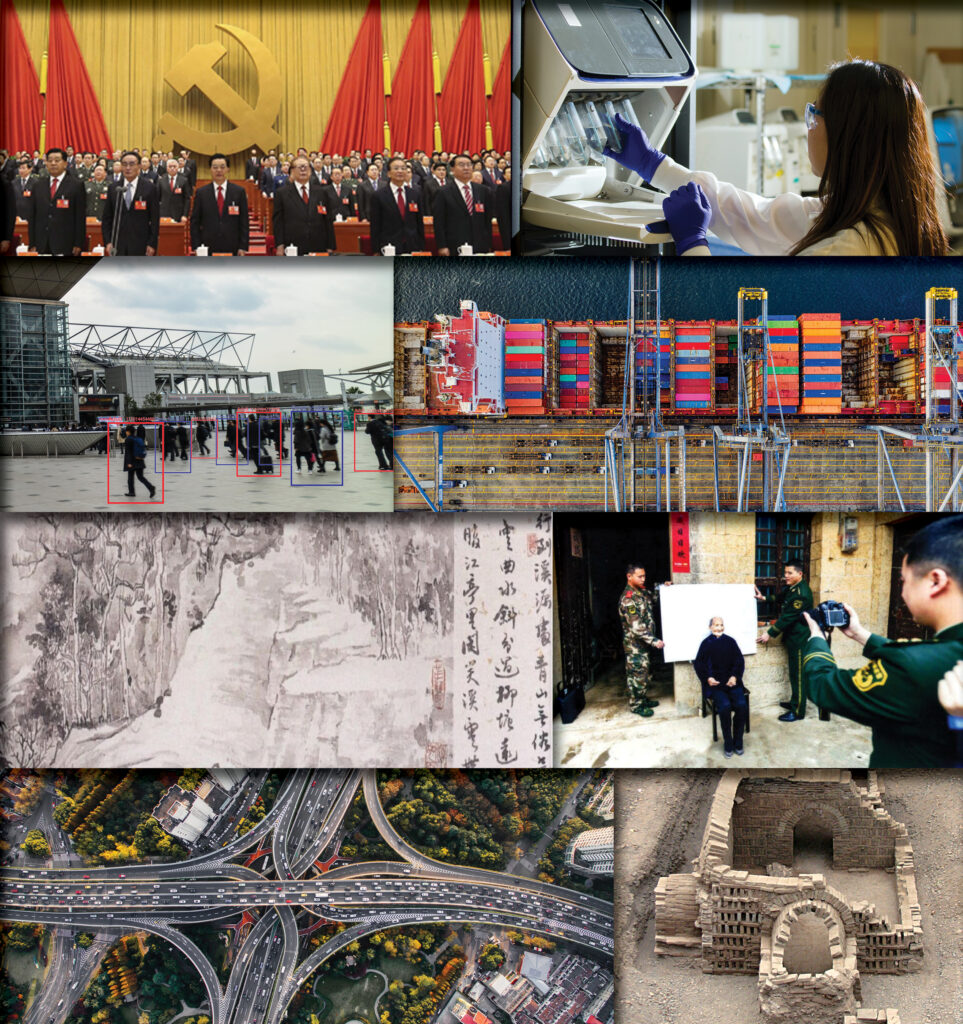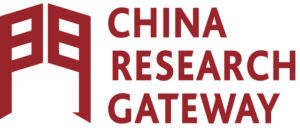New from East View, China Research Gateway (CRG) transforms library access to Chinese resources by combining multiple CNKI databases into one package, supported by an accessible and user-friendly English-language portal.
CRG presents the full spectrum of Chinese research, with comprehensive support for multiple fields of study including STEM, social science, and humanities disciplines.

